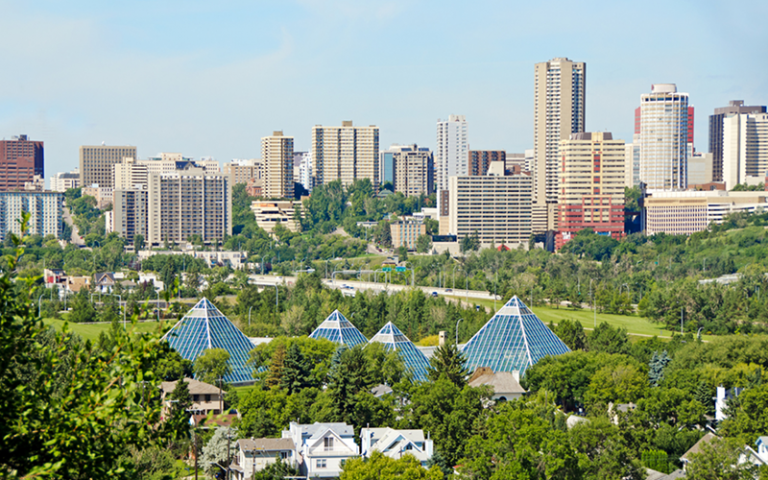Designing buildings that protect biodiversity
A UCL team is devising ways to encourage construction companies to consider the benefits of incorporating the natural environment within building design and project delivery.

26 February 2021
The construction industry creates up to 40% of the world’s carbon emissions, consumes almost half of all non-renewable resources and can exacerbate biodiversity loss when land is cleared for development.
Yet as populations grow, there is a demand for more housing. According to the housing charity Crisis, approximately 340,000 new homes are needed each year in England alone. This provides opportunities for the construction industry to make a positive difference to protecting biodiversity in the years to come.
Dr Alex Opoku (UCL Bartlett School) is working with the University College of Northern Denmark, and UK construction industry practitioners to understand industry perspectives on how to tackle land degradation and biodiversity loss in their work.
“Some developers are already including green infrastructure, such as living walls, green roofs and green space in their designs, but many are unaware of the advantages biodiversity can bring,” he argues. “Green spaces help to purify the air from pollutants and access to such green areas offers psychological benefits including improved mental health.
One of the challenges is that professionals within the industry lack awareness of the benefits of biodiversity on health and wellbeing, so do not always prioritise green infrastructure in their designs.
Dr Opoku is helping bring biodiversity to the heart of policies and strategies to create a sustainable built environment, by encouraging architects and engineers to consider including green infrastructure and use more sustainable building practices.
If we can encourage town planners, architects and construction engineers to consider biodiversity in how they design and build urban developments using sustainable construction practices, we can deliver low carbon buildings and green infrastructure that will help us to achieve the SDGs.
However, for an industry where profit margins are at stake, changing their approach comes at a price. The academic team worked with 22 professional building owners in Denmark who identified the challenges faced by developers who want to build sustainably. In 94% of projects where developers included designs to improve sustainability, the costs were higher, presenting a barrier to implementation.
Dr Opoku’s work is aimed at helping planners, construction companies, non-governmental organisations and other decision-makers to understand the contributions that the built environment can make towards conserving biodiversity, the benefits to health and wellbeing, thus helping to overcome the cost barrier facing the industry.
This work resulted in a collaboration with housing design specialists HTA Design to create awareness about the role of construction businesses in achieving the SDGs.
“If we can encourage town planners, architects and construction engineers to consider biodiversity in how they design and build urban developments using sustainable construction practices, we can deliver low-carbon buildings and green infrastructure that will help us to achieve the SDGs,” says Dr Opoku.
 Close
Close


